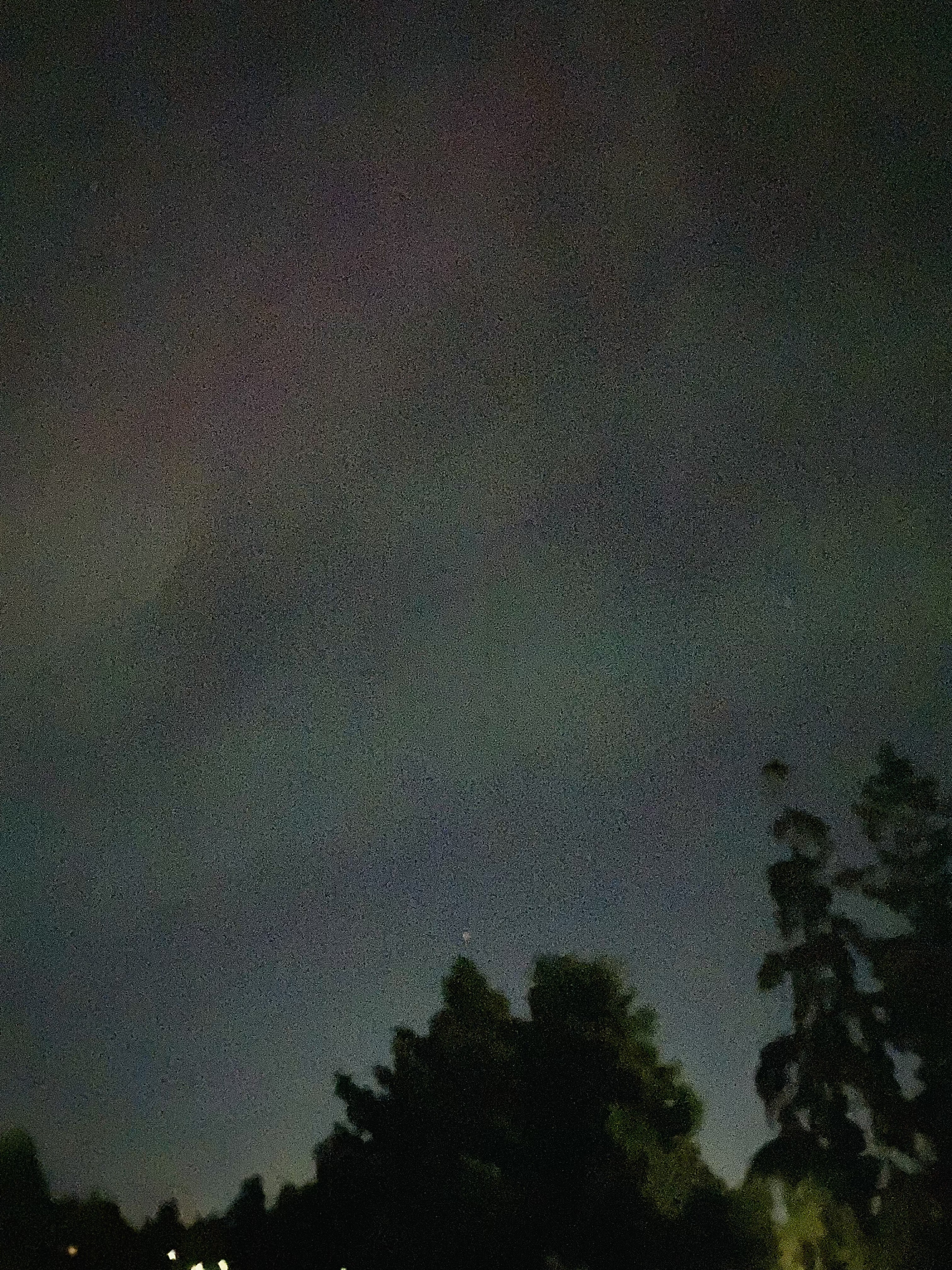The city has given a homebuilder the green light to cut down that evergreen tree in Upper Fauntleroy.
Advocates who hoped to save the tree, nicknaming it “Henry,” consider the approval ironic – new city rules passed last year require so much of a buffer zone to protect the tree, its lot would be unbuildable, so the tree comes down. They hope its removal will be an example of why the city’s new tree rules should be revised.
We’ve reported before on the site where “Henry” stands – at least until Tuesday, the first day it can be legally taken down. It’s at 8822 38th Avenue SW, where six new residences are planned – two single-family houses, each with two accessory dwelling units, one detached and one attached – plus 10 offstreet parking spaces. Five months ago, before the house on the site was demolished, it was used for Seattle Fire Department training. One month after that, the house was torn down. The site’s been idle through the winter while permit reviews continues. And now the Department of Construction and Inspections has granted the permit for taking down the tree, which is described in project documents as a red cedar, though Sandy Shettler of Tree Action Seattle contends it’s a Lawson cypress.
Shettler asked SDCI about the reason for the removal approval; a reviewing arborist replied via email that “it met Code requirements, particularly SMC 25.11.070.A.1.a.” You can see the code here. Here’s what Shettler says is the problem: “The new code mandates a very large, inviolable tree protection area which uses this formula: 1-ft diameter tree protection area per each 1″ of trunk. So for a 41″ diameter tree, a circle 82 feet in all directions needs to be set aside. Obviously that makes the lot unbuildable, (and even makes the neighboring lots unbuildable!) Since this absurdly rigid tree protection area cannot be excavated into by even one inch, the tree gets removed.”
She’s not calling for a protest, but advocating for future change: “Seattle needs to revise its tree ordinance to plan for trees — not just the ones we have, but to have space for new ones since we are cutting 4,000 per year. The new projects are all hardscape and heat.” The new tree rules require replacement plantings after removal, but not necessarily on the same site, according to this explanatory city post: “When a tree must be removed, a property owner can choose to either replant onsite or pay the equivalent value into the One Seattle Tree Fund. This added flexibility allows for trees to be planted more equitably and spread throughout neighborhoods or public spaces with historically less tree canopy.” The current tree rules were passed before a majority of city councilmembers left office; Shettler says she’s hoping to work with newly elected members to save more “Henry”-size trees.
SIDE NOTE: As with so many other types of data, the city has a map for tree-removal/tree-work permits, past and present.
TUESDAY NOTE: “Henry” was cut down this morning, as commenters’ photo and video show; we just went by to check, and only a stump remains.


 heat map. Impoverished neighborhoods have the least amount of tree canopy and the wealthiest have the highest tree canopy. Developers want to saw everything down due to greed. This is a race and social justice issue.
heat map. Impoverished neighborhoods have the least amount of tree canopy and the wealthiest have the highest tree canopy. Developers want to saw everything down due to greed. This is a race and social justice issue. 
| 38 COMMENTS